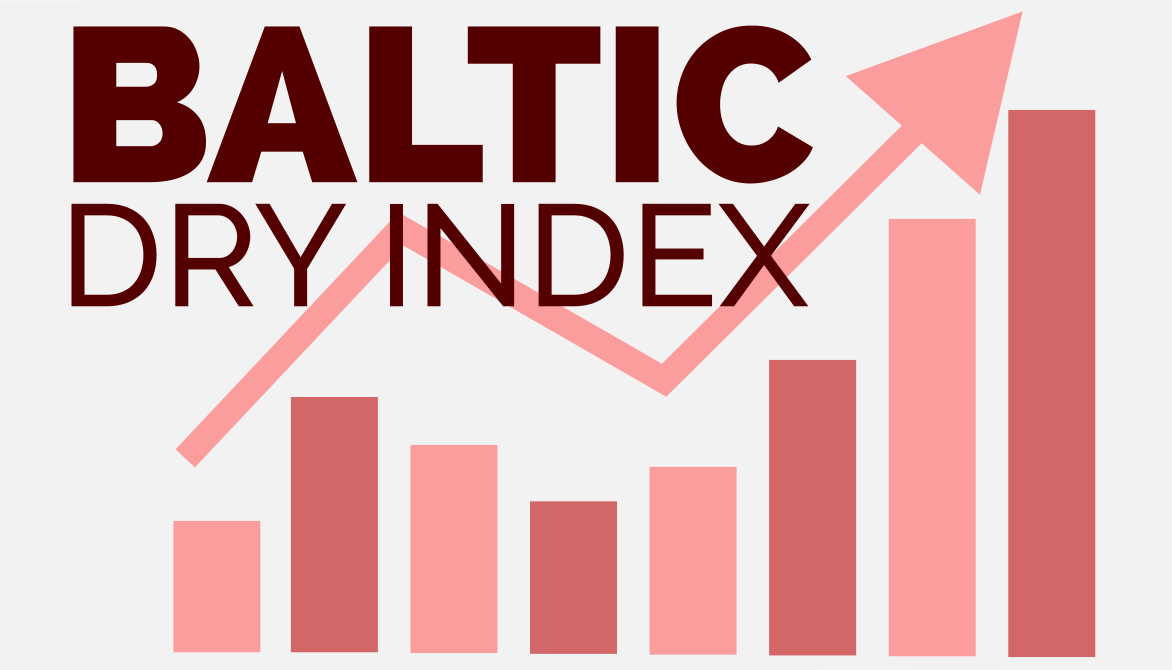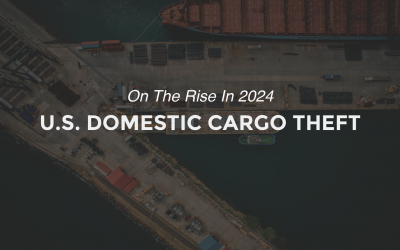In this blog post, let’s take a look at one of Wall Street’s most useful metrics in relation to shipping and global trade, the Baltic Dry Index, or BDI.
There are countless methods entrepreneurs and investors use to gauge their decisions and make informed choices regarding their investments. Although the use of some of these informational tools may not affect the decisions of every business owner, there are some systems such as the Baltic Dry Index that can provide a useful glimpse into the global trade economy.
The Baltic Dry Index is an amalgamation of shipping costs calculated by international shipping brokers. It is seen by many investors and stock traders as an economic barometer, informing their financial decisions by providing information on the strength of demand for global trade. The index provides a sense of the global economy’s pulse, contrasting the amount of cargo space on shipping vessels with the demand for that space. Because new ships are a substantial investment, there are very few built every year, and therefore the amount of cargo space remains relatively static. The BDI contrasts the (mostly unvarying) variable of cargo space with its demand. Throughout history, the BDI has fluctuated significantly. For example, in 2008 the Baltic Dry Index fell over 90%, from its all-time high of over 11,000 to less than 700. Although it has rebounded since then, it hasn’t come close to its pre-2008 numbers. This year, it dipped to a new all-time low, indicating that shipping demand must have dropped considerably from years past.
This seems to correlate with some recent global events. Greece is on fire; the streets are littered with glass and protestors. Vital oceanic routes are under threat of being blocked in some parts of the world. These, along with countless other factors likely contributed to the BDI’s latest drop. A wave of uncertainty regarding the future of shipping and global commerce has swept across the market, and it shows in the BDI. Just as with any dip in an economic barometer, some see doom, and some see a window of opportunity. It is up to the reader to decipher the information and decide what it really means to them. Regardless of the perspective, one might take, keeping an eye on the Baltic Dry Index makes it possible to keep watch over the broader pulse of international trade and stay informed on what the future may hold.







![[Webinar] 2023 Q2 International Trade Update](https://traderiskguaranty.com/trgpeak/wp-content/uploads/2023/08/2023.07_Q2-International-Trade-Update_Page_01-400x250.png)